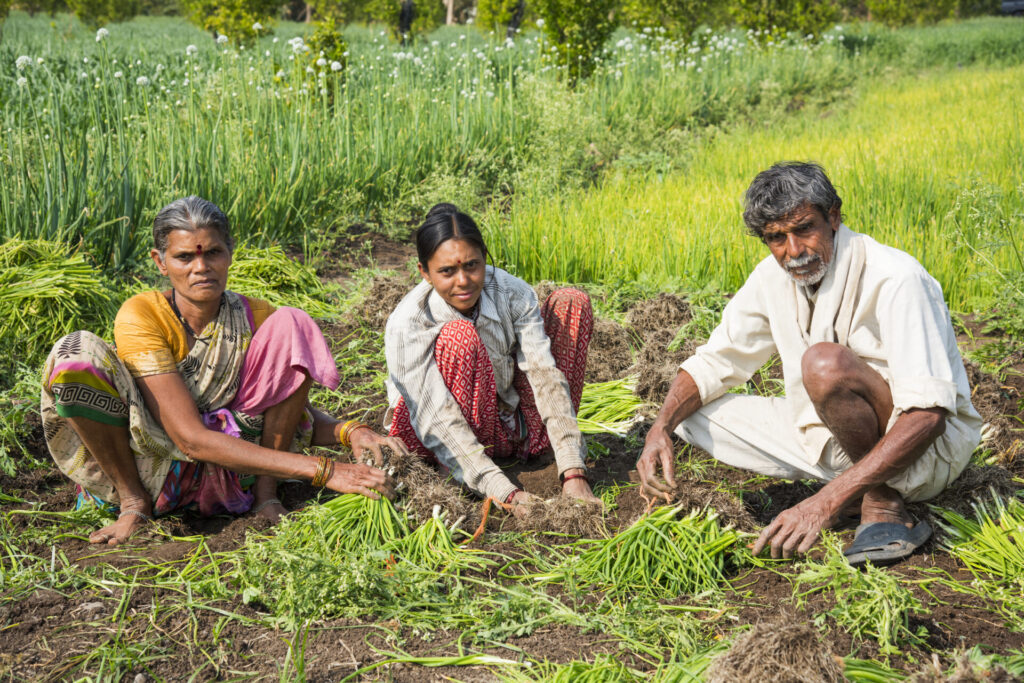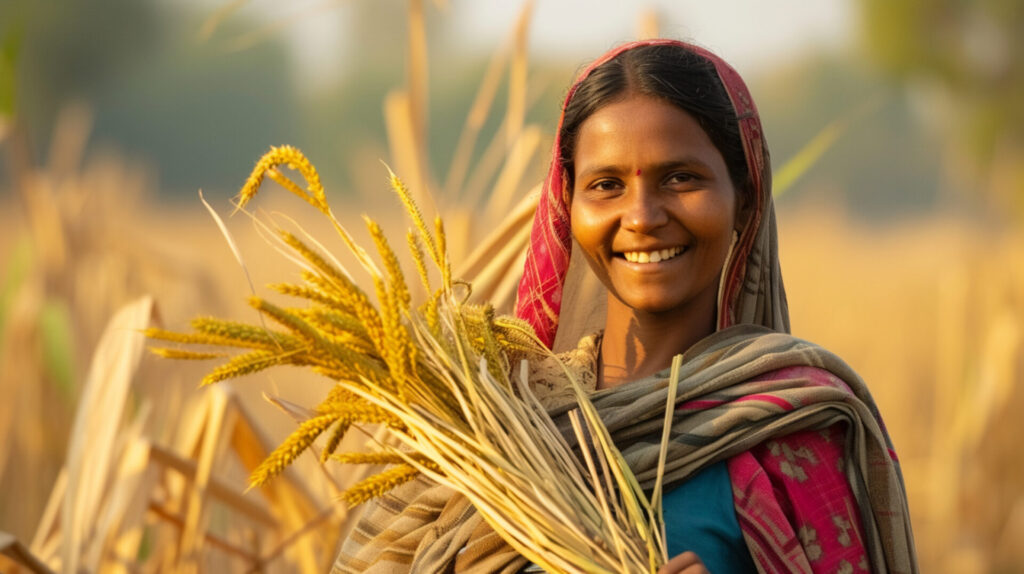
How Indian farmers can profit from Carbon Markets
There is a lot of potential for carbon credits in the Indian agricultural sector especially providing new livelihood and income opportunities for farmers. By capturing and trading carbon credits, farmers in India can play an important role in the fight against climate change, both at a national and international level. However, the Indian market for carbon credits is still in its nascent stage, requiring systemic support, and regulatory clarity, along with awareness among the farmers.
Reasons why carbon credits are beneficial for Indian farmers

There are both financial as well ecological benefits of carbon credits for farmers. Considering the rise in climate-related threats and unpredictable weather conditions, it is important to implement climate-resilient and ecologically sustainable agricultural activities such as crop rotation among others. These activities not only help in generating carbon credits which increase farmers’ income options but also ensure climate resilience.
The other reason why carbon markets play an important role in the agricultural sector is that it helps with India’s broader climate objectives, including its pledge to reach net zero emissions by 2070. With India’s vast population living in rural area and primarily dependent on agriculture as a source of livelihood, there lies a huge scope to expand not only the national carbon market but also at a global scale. The global carbon credit market is currently valued at “$760 billion in 2021 and is estimated to grow to $2.68 trillion by 2028”. India plays a substantial role in the global carbon market issuing “278 million credits in the voluntary markets between 2010 and 2022”. Therefore, there lies a huge advantage for Indian farmers to participate in the global carbon market through government instruments like voluntary carbon markets (VCMs). This will boost their income, diversity the sources of livelihood, and also ensure climate resilient agriculture methodologies.
Challenges in building a carbon credit market in the Indian agricultural sector for several reasons
Firstly, the farm holdings in India are small and fragmented. The farmers do not have enough land that could help generate enough carbon credits to cover the transaction costs such as those for monitoring, certification, and verification of carbon credits. Secondly, there is a lack of awareness regarding carbon markets among the farmers and hence reluctance and inability to utilize instruments such as VCMs. Also, currently the Indian agricultural market lacks a strong, transparent regulatory framework which protects the farmers against the fluctuating prices in the global carbon market. The global price for carbon credits is expected to increase in the future and lack of a regulatory framework and transparency would risk the farmers of getting underpaid.
Therefore, to ensure a successful implementation of carbon credit schemes for Indian farmers, the government needs to come up with a supportive regulatory framework alongside awareness programs, effective policy instruments, and collaborative approaches for small land holders.
Strategies for successful implementation of carbon credits in India’s agricultural market

The government can start and experiment with pilot programs such as offering upfront financial incentives for farmers participating in carbon credit market to build their trust and raise awareness about the process and advantages of investing time and resources in carbon farming. Agri-technology innovation can help in measurement and monitoring to track carbon capture accurately and ensure transparency. Ministry of Agriculture launched a framework to promote Voluntary Carbon Markets (VCMs) in the agricultural sector to educate the farmers regarding the importance of climate-resilient practices and carbon trading. However, these financial incentives, policy instruments, and techological innovation are effective only if farmers are aware and willing to participate in the carbon markets. They should be educated on not just the financial benefits of participation but also how the activities will make them more resilient against climate risks. The other challenge that occurs in the implementation of carbon credits in rural India is the presence of small, fragmented lands. Government can introduce cooperatives and organizations like Farmer Produce Organizations (FPOs) by the National Bank for Agriculture and Rural Development (NABARD) to pool resources and land, thus minimizing the transaction costs and make carbon credit generation financially viable.
Therefore, a more transparent credit pricing, fair distribution of earnings, and upfront incentives for farmers can help in addressing these challenges and make carbon trading more attractive to rural farmers.
Conclusion
It is important to emphasise that participation in carbon markets will diversify the agricultural income source of the farmers while promoting climate-friendly practices and ecological resilience. Through tailored policies, and a strong, transparent regulatory framework, the agricultural sector can position India as a global leader in sustainable agriculture.
Subscribe to The Sustainable Brands Journal for more environmental news, stories, interviews, and updates.

Prachi, an accomplished Chief-Editor at The Sustainable Brands Journal, has 15+ years of experience in Europe, the Middle East, and India, managing 90+ global sustainable brands. She’s a prolific writer in sustainability, contributing to various publications. Prachi’s unwavering passion and expertise make her a recognized authority, driving positive change and inspiring a sustainable future.





